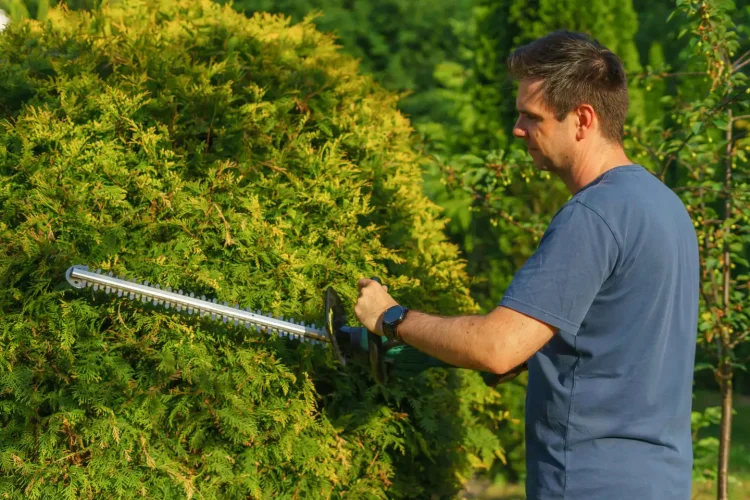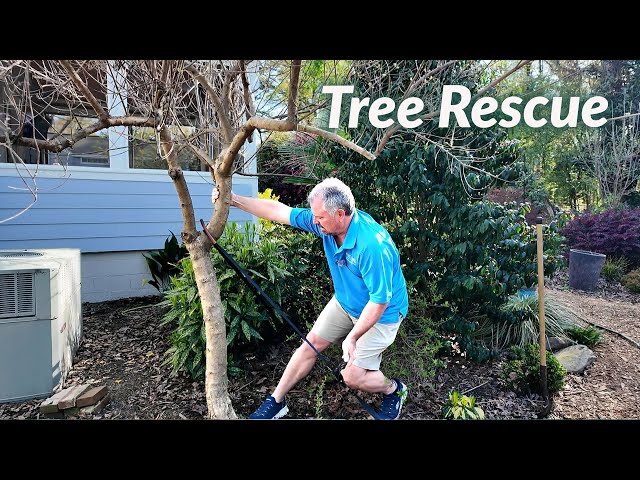Gardening electric tools, such as lawn mowers, hedge trimmers, and leaf blowers, are essential for keeping your garden in top shape. These tools can be quite an investment, making their proper maintenance crucial for ensuring longevity and optimal performance. Regular upkeep not only extends the life of the equipment but also enhances safety and efficiency.
Regular Cleaning
One of the simplest yet most effective maintenance tasks is regular cleaning. After each use, make it a habit to clean your tools thoroughly. Remove any dirt, grass, or debris that may have accumulated. Use a soft brush or cloth to wipe down the surfaces and carefully clean the blades and moving parts. For stubborn dirt, a mild soapy solution can be used, but ensure you dry the tool completely to prevent rust or corrosion.
Inspecting for Damage
Frequent inspection of your gardening electric tools is essential. Look for signs of wear and tear, such as frayed cords, loose screws, or damaged blades. Identifying these issues early can prevent further damage and potential safety hazards. If you notice any major defects, it is best to consult the manufacturer or a professional for repairs.
Lubrication
Many electric gardening tools have moving parts that require lubrication to function smoothly. Refer to the user manual to find out which parts need to be lubricated and the type of lubricant to use. Regular lubrication reduces friction between parts, preventing premature wear and tear and ensuring efficient operation.
Battery Maintenance
If your gardening tools are cordless, proper battery maintenance is crucial. Ensure that the batteries are charged correctly and stored in a cool, dry place when not in use. Avoid leaving them on the charger for extended periods, as this can reduce their lifespan. Clean the battery contacts periodically to ensure a good connection and optimal performance.
Sharpening Blades
Dull blades can significantly reduce the effectiveness of gardening tools. Regularly check the sharpness of the blades on tools like lawn mowers and hedge trimmers. Sharpening the blades not only enhances performance but also ensures a clean cut, which is better for plant health. For best results, refer to the manufacturer’s guidelines for sharpening techniques.
Storing Tools Properly
Proper storage is key to prolonging the life of your electric gardening tools. Keep them in a dry, cool place, and ideally off the ground to prevent moisture buildup. Consider using wall hooks or shelves for organized and safer storage. Cover tools to protect them from dust and dirt when not in use.
Replacing Worn-Out Parts
Some parts of gardening electric tools are subject to wear and will need to be replaced periodically. This includes items like blades, filters, and belts. Keep an eye on these parts and replace them according to the manufacturer’s recommendations to maintain the tool’s performance and safety.
Consulting the User Manual
Every tool comes with a user manual that provides specific instructions for maintenance and care. Following these guidelines is crucial as they are designed to ensure the optimal performance and durability of your tool. If you’ve misplaced the manual, many manufacturers provide digital copies on their websites.
Professional Servicing
Finally, consider professional servicing for your electric gardening tools, especially if they are high-end or heavily used. A professional can perform thorough inspections, repairs, and tune-ups that go beyond regular home maintenance. This can be particularly beneficial before high-use seasons like spring and summer.
Maintaining your gardening electric tools doesn’t have to be a daunting task. With routine care and attention, you can keep your tools in excellent condition, ensuring they serve you well for many years to come.

















